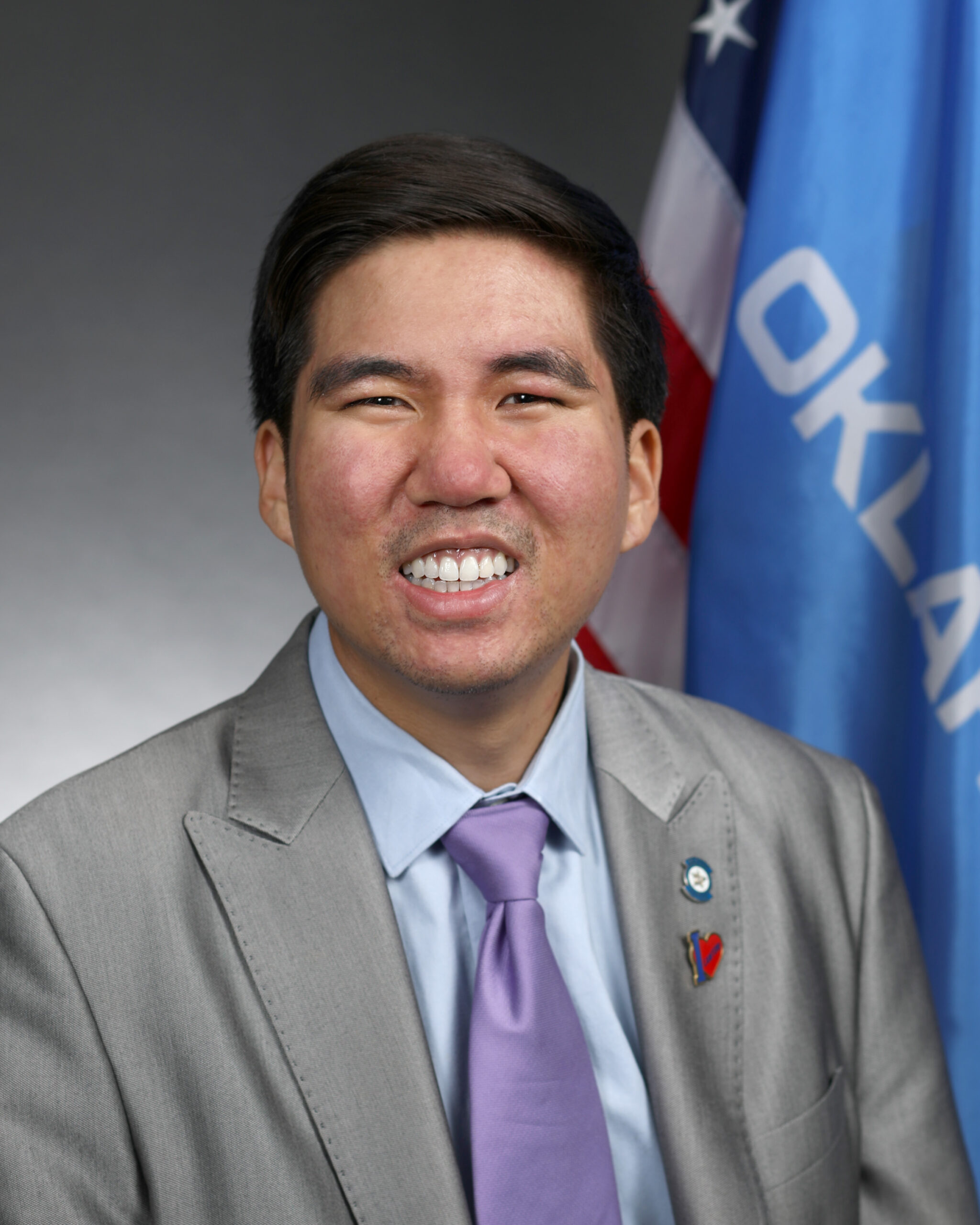Sentencing Reform
May 21, 2021
In bipartisan coalitions, policymakers have worked to introduce and pass effective legislation to reform the sentencing system in the courtroom, for those currently incarcerated, and those who will interact with the system in the future.

Introduction
The United States has the highest incarceration rate in the world, holding 2.3 million people in state, federal, and juvenile detention facilities across the country and US territories. While the incarceration rate steadily rises every year, Black and Brown people are cycled through the prison system at an even more alarming rate. Excessive sentencing practices and laws have kept people in prison for longer and for low-level crimes, only increasing the cycle of recidivism. Not only are excessive sentencing laws harsh and ineffective, they are also incredibly expensive for taxpayers. According to the Bureau of Justice, the US spends over $80 billion dollars a year on incarceration, which does not include the money spent by prisoners and families who funnel money through the system for phone calls, basic hygiene necessities, and other additional fines and fees, further draining resources from their communities
Sentencing Reform
Sentencing reform legislation has worked to roll back, reform, or abolish certain predatory practices that place excessive and unnecessarily long prison sentences for certain crimes. In bipartisan coalitions, policymakers have worked to introduce and pass effective legislation to reform the sentencing system in the courtroom, for those currently incarcerated, and those who will interact with the system in the future. Innovative legislation can ensure practical and effective sentencing that focuses on rehabilitation, providing better outcomes for communities and reducing the burdensome size of our criminal justice system.
Solutions:
- Reform mandatory minimums, lower mandatory parole limits
- Reschedule classifications and decriminalize certain drugs
- Promote earned time credit
- Ensure young people are tried in juvenile court
- Encourage alternatives to incarceration
Below are a series of policy solutions and recent legislation that states have passed to reform the sentencing process before, during, and after court proceedings.
-
Reform Mandatory Minimums, Lower Mandatory Parole Limits
Mandatory minimum sentences, set by legislators not judges, require automatic minimum prison sentences for specific violent and non-violent crimes. A remnant of the War on Drugs, these crimes are usually for drug related offenses but also may be triggered for gun, pornography and economic offenses. Holding judges to impose these minimum sentences weakens judicial authority, the effect of circumstantial evidence in each unique case, and shifts power to the prosecution. These mandatory minimum sentences sometimes become leverage for prosecutors to threaten defendants to accept plea deals and even falsely confess to crimes as an alternative to being charged with a crime that carries a mandatory minimum. While some mandatory minimums remain at federal discretion, there are a series of reforms state legislatures can adopt to ensure sentencing power is restored to judges.
Included in sentencing reform considerations is the issue of reforming parole systems which often unnecessarily extend a person’s time in the criminal justice system. Other potential actions to positively modify parole include presumptive parole, universal parole eligibility and ensuring parole is not revoked for technical violations.
RECENT LEGISLATION:
- IA HF 579 – This bill garnered strong bipartisan support after the passage of a more limited sentencing reform legislation in 2016, HF 2064. This bill reforms mandatory minimums on certain drug classifications and crimes, earned time credit, and work/parole release.
- TN SB2734 – Deletes the mandatory minimum sentence requirements of the Drug-Free School Zone Act which was enacted to deter drug activity around children but instead established harsh sentencing minimums especially on communities of color who tend to live around and near the protected areas. Some states have passed legislation to limit the zone size to include less residences.
- CO HB18-1029 – Lowers the length of mandatory parole for a class 2 felony if the offense is not a crime of violence and lowers a class 3 felony to 3 years.
- LA SB139 – Broadens eligibility for parole and other prison release provisions; expands eligibility for probation; reduces maximum probation terms, and adopts evidence-based sanctions and incentives to improve community supervision outcomes.
2. Reschedule Classifications and Decriminalize Certain Drugs
In 2019 drug related offenses which resulted in sentencing were the second largest category of federal offenses at 26 percent. While only 1 in 5 of those incarcerated are people with a drug offense, there is significant racial discrepancy when it comes to arrests and sentencing of marijuana related offenses. Recognizing the harmful effects of the War on Drugs in predominantly communities of color, many state legislatures are working to reform the classifications of certain drugs based on possession amounts, ensuring mandatory minimums are not automatically enacted during sentencing, and retroactively eliminating records for those currently incarcerated for drug possession.
RECENT LEGISLATION:
- VA HB972 – Decriminalizes simple marijuana possession and provides a civil penalty of no more than $25.
- LA SB 220 and 221 – Reduces penalties for drug, property, and other nonviolent crimes and modify habitual offender penalties to make them comparable in other states.
- CO HB19-1263 – Makes possession of more than 6 ounces of marijuana or more than 3 ounces of marijuana concentrate a level 1 drug misdemeanor and possession of 3 ounces or less of marijuana concentrate a level 2 drug misdemeanor. The act clarifies that a person may not be arrested for the petty offense of possession of not more than 2 ounces of marijuana.
3. Promote Earned Time Credit
State legislatures can pass legislation to help shave off excessive time on an offenders sentence while they are incarcerated through earned time credit. Probationers, prisoners, and parolees can work off their time through vocational or rehabilitation programs to return offenders to the community and reduce the size and cost of the system. In comparison to earned time credit, “good time” credit is awarded during incarceration for good behavior and can be retroactively taken away. In 2018 Congress passed the First Step Act which sought to lower excessive sentences, reform prison conditions and instated “good time credit” to release incarcerated people sooner.
RECENT LEGISLATION:
- AZ HB2808 – Allows all offenders to earn time off of their sentence, 15%, and then also earn an additional 15% by completing certain rehabilitation programs such as a drug treatment program.
- VA HB1532 – Establishes a four-level classification system for the awarding and calculation of earned sentence credits.
- KS HB2484 – Raises the cap on Kansas’s good-time credit program from 15-20% to 50% of a sentence in an effort to decrease prison populations.
4. Ensure Young People are Tried in Juvenile Court
Young people should be tried, sentenced, and released through the juvenile justice system. When these young offenders commit certain crimes they are often automatically tried in adult courts which will place longer sentences ensuring some juveniles will grow up in the criminal justice system well into adulthood. “Raise the age” legislation ensures young people, regardless of crime, are not automatically sentenced in adult court especially those who are between the ages of 14-17. While exceptional circumstances do occur, young people should be given every chance to adapt and rehabilitate with equitable sentencing so they may reenter society.
RECENT LEGISLATION:
- VA HB35/SB103 – This bill is the most recent legislation which allows youth to be eligible for parole after a minimum of 20 years have been served. “Second Look Legislation” which follows a similar model with modifications for the amount of time served, for minors and adults, have been introduced in Florida, Maryland, and District of Columbia.
- OR SB1008 – This bill ensures that individuals ages 15 to 17 who are accused of serious crimes are no longer automatically sentenced in adult court and juveniles and allow youth convicted in adult court to be considered for release from prison after serving 50% of their sentence.
- CA SB1111 – This bill keeps 18-21-year-olds in the juvenile system when their sentencing begins at the juvenile level.
- MI SB84 – Increases the age of criminal responsibility to 18, 17-year-olds will be handled in the juvenile justice system.
5. Encourage Alternatives to Incarceration
Another way to decrease the number of those in jail and prison is to establish alternatives to incarceration. Some of these methods include diversion programs such as community service, financial literacy, anger management, and mental health programs while also providing additional services related to employment, housing, and drug/alcohol treatments. For too long we have relied on the criminal justice system to aid those in need of mental health resources. States should provide more funding and establish dedicated facilities to create a community of rehabilitation without bars. Studies have shown that diversion programs are also significantly cheaper than incarceration; one 2010 study showed that if only 10% of those eligible for diversion were diverted away from court the criminal justice system would save $4.8 billion dollars.
An additional alternative to incarceration is restorative justice which is a system of reconciliation that focuses on the growth of the offender and the victim while keeping the offender in the community at large rather than sent away to a facility. These methods aim to reduce an offender’s interaction with the criminal justice system which can be overwhelmed, overburdened, and lack the necessary resources to ensure each individual receives adequate attention during their rehabilitation process. These methods save taxpayer money, lighten the load on public defenders, and reduce recidivism.
RECENT LEGISLATION:
- NV AB236 – Reduces penalties for some lower-level crimes and increases access to diversion programs.
- CO SB19-108 – This bill establishes a committee on juvenile justice reform in the department of public safety and establishes its membership. The committee is required to select a mental health screening tool for juvenile offenders and requires district attorney’s officers must use the risk screening tools and the results of the tools in determining a juvenile’s eligibility for diversion and need for services.
- In 2019, California passed 2 bills related to diversion programs; CA SB394 which created a pretrial diversion program especially for defendants who are primary caregivers for juveniles, and CA AB-1454 which implements trauma-informed diversion programs for minors.
There have been multiple state legislation bills introduced on restorative justice in California and Texas. Colorado has had the most success with passing restorative justice legislation such as HB17-1039 which tackles communication issues within restorative justice practices.
-
According to a 2019 study, restorative justice is most effective when it is saturated throughout the criminal justice system in statutes, court rules and public systems. For example, Colorado leads the nation in restorative justice laws where RJ appears in 51 state laws and in four systems; Juvenile Justice, Criminal Justice, Education, and Child Welfare. California, Louisiana, Florida and Oregon have restorative justice laws in three systems.
-
Conclusion
Excessive sentencing practices that equate rehabilitation with time spent behind bars only increase recidivism rates and the public’s tax burden. By tackling sentencing reform at the state level, policymakers can ensure that those who interact with the criminal justice system are treated fairly and eliminate the offender cycle to keep people out of prison, save taxpayer dollars, and ensure that rehabilitation is the top priority, not unnecessary punishment.






Join 1,900+ BIPARTISAN LEADERS NATIONWIDE
Be a part of a network of lawmakers committed to governing effectively, passing more representative public policy, and increasing public trust in democracy.